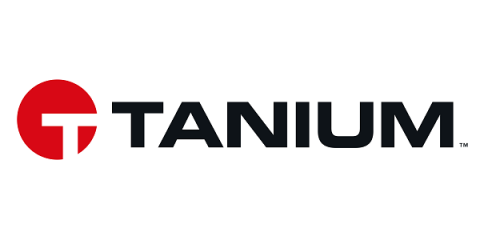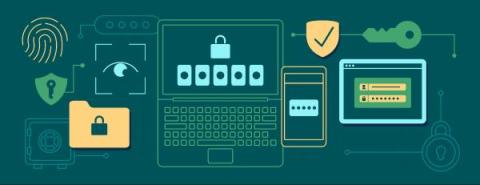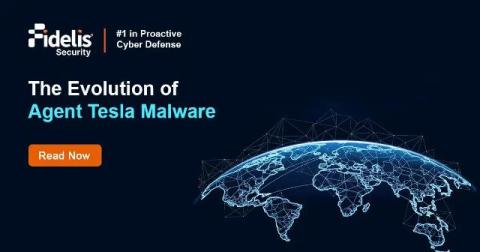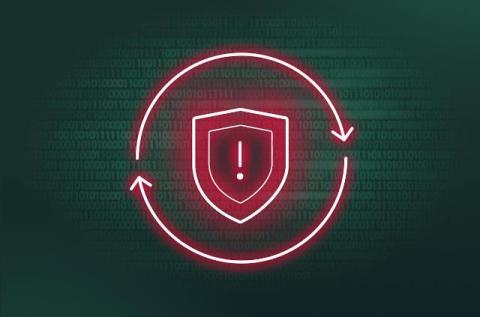Reducing the Fog of War by Increasing Cybersecurity Readiness
A unique attribute of the current commercial and public sector is the convergence of warfare principles with information technology operations and security. In the realm of modern warfare, uncertainty is a constant companion. The term “fog of war,” coined by the Prussian military theorist Carl von Clausewitz, encapsulates the chaos and unpredictability inherent in military operations.











